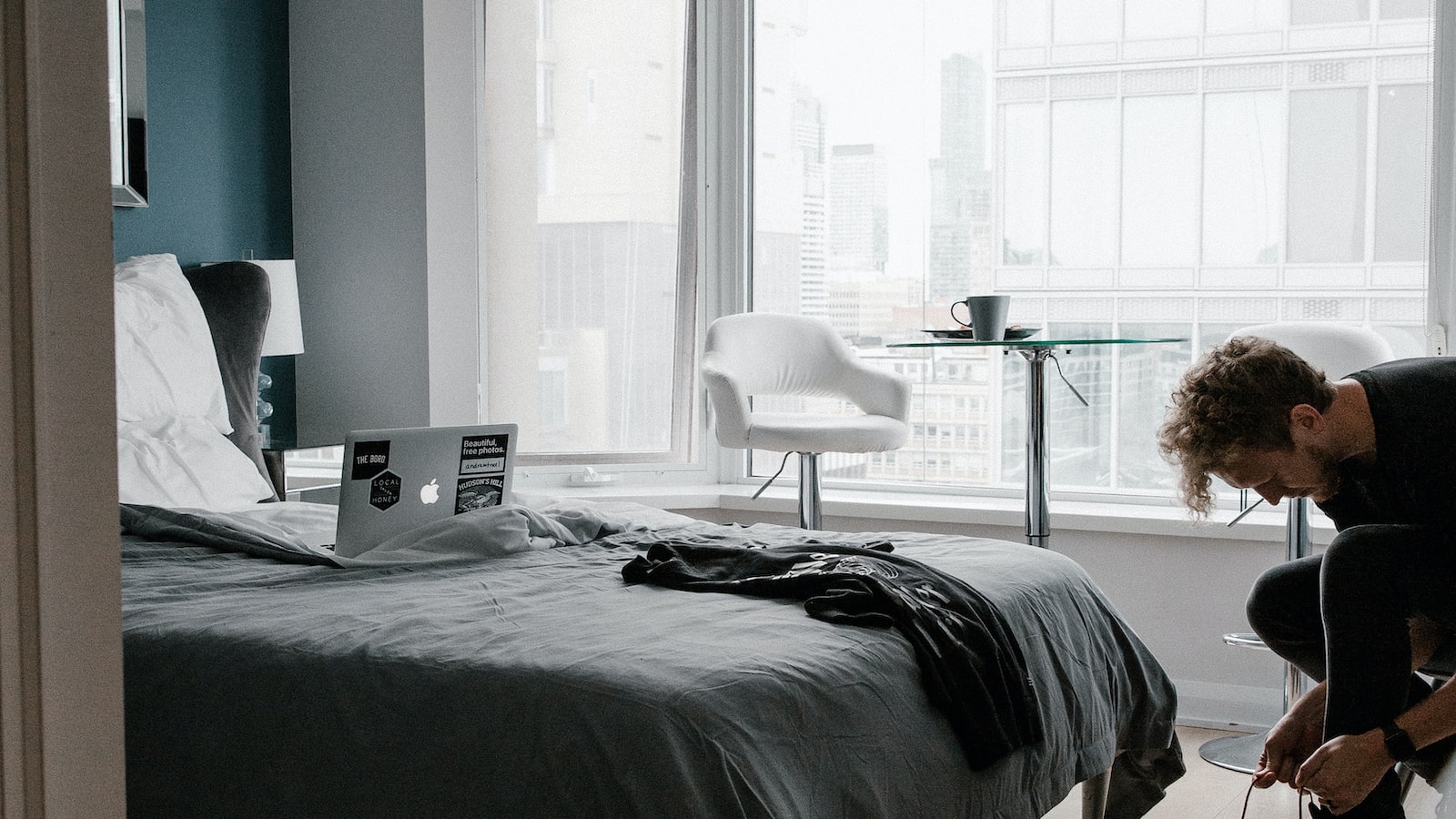Growing Peppers Indoors – Guidelines & Tips
Growing peppers indoors is a great way to produce a steady supply of the nutritious and delicious vegetables. Peppers are easy to grow, requiring only sunlight and the right climate to produce. With the right combination of temperature, light levels, and soil moisture, you can be harvesting flavorful peppers in just a few weeks.
Here are some guidelines and tips on how to successfully grow peppers indoors:
Choose the Right Location
Find a location in your home that gets at least eight hours of direct sunlight each day. South, east, and west-facing windows are the best options for growing peppers indoors. If you don’t have an adequate amount of light, you can always supplement with a grow light.
Select the Right Type of Pepper Plant
When choosing a pepper plant, select one that is specifically suited for indoor growing. Some varieties of peppers, such as bell peppers, are ideal for growing indoors, while others thrive better in outdoor conditions. Select a variety that is known to produce a lot of peppers, such as jalapeno, habanero, or Anaheim peppers. Peppers grown indoors will generally be smaller in size, so choose accordingly.
Choose the Right Container
Peppers need room to grow, so choose a container that is big enough to accommodate your pepper plant. A container should be about 12 inches deep and wide to provide enough space for the roots to grow. For best results, select a container with adequate drainage holes to allow for proper drainage.
Provide Proper Soil
Using the right type of soil is essential for successful pepper production. Choose a soil that is rich in nitrogen and phosphorous. Also, make sure the soil is well- aerated and well-draining, as excess water can cause fungal diseases like root rot. Finally, add compost and/or worm castings to the soil to improve fertility and provide nutrients for the pepper plant.
Keep the Soil Moist
Peppers require well-draining soil and regular watering to thrive. Water the soil thoroughly once a week, or when the top couple of inches of soil begins to dry out. Make sure not to overwater, as this can drown the roots and lead to fungal diseases. Letting the soil dry out too much between waterings can also lead to stunted growth.
Weather Conditions
Peppers prefer warmer temperatures for optimal growth, so be sure to monitor your home’s temperature and humidity levels. Temperatures should remain between 65-85 degrees Fahrenheit and humidity around 50%. If your home’s climate is not suitable for pepper growing, you can always install a small fan to help circulate the air or add a humidity dome to the top of your container.
Fertilize Regularly
Fertilizer will help your pepper plant grow stronger and produce more peppers. Choose an all-purpose fertilizer and apply it every one to two weeks, depending on the instructions. Be careful not to over-fertilize, as this can burn the plant and hamper its growth.
Harvest with Care
When it comes time to harvest, make sure you are doing so carefully. Pepper plants can be very fragile and easily damaged, so use sharp scissors or shears when harvesting. Remove ripe peppers from the stem by gently pulling and twisting at the same time. If you want to harvest more peppers at one time, you can also do this by cutting back the entire plant at the base.
Conclusion
If you follow these guidelines and tips, you’ll be enjoying delicious peppers from your own indoor garden in no time. Peppers are an easy and rewarding plant to grow, so why not give it a try? Happy growing!



